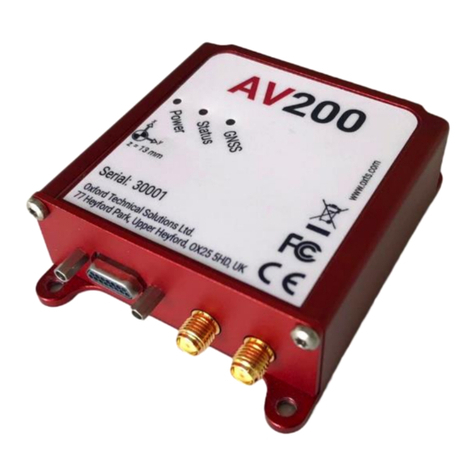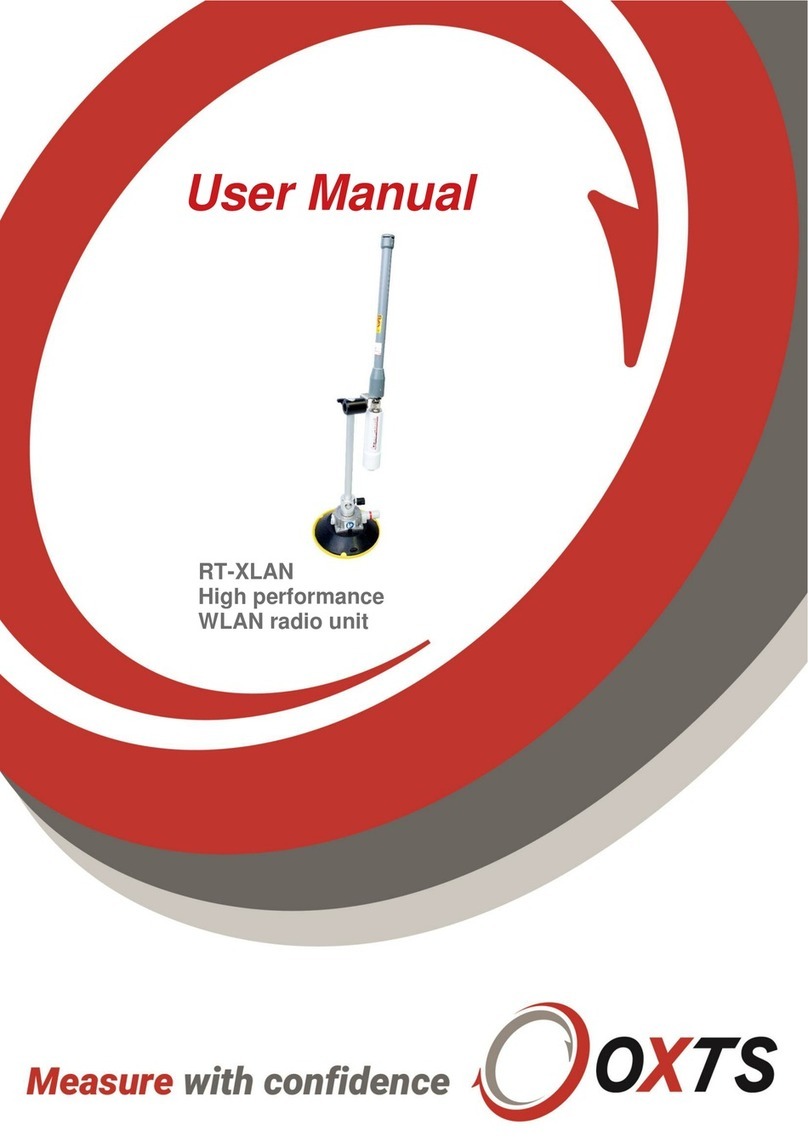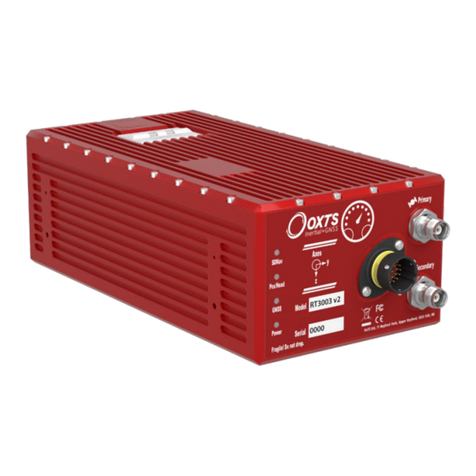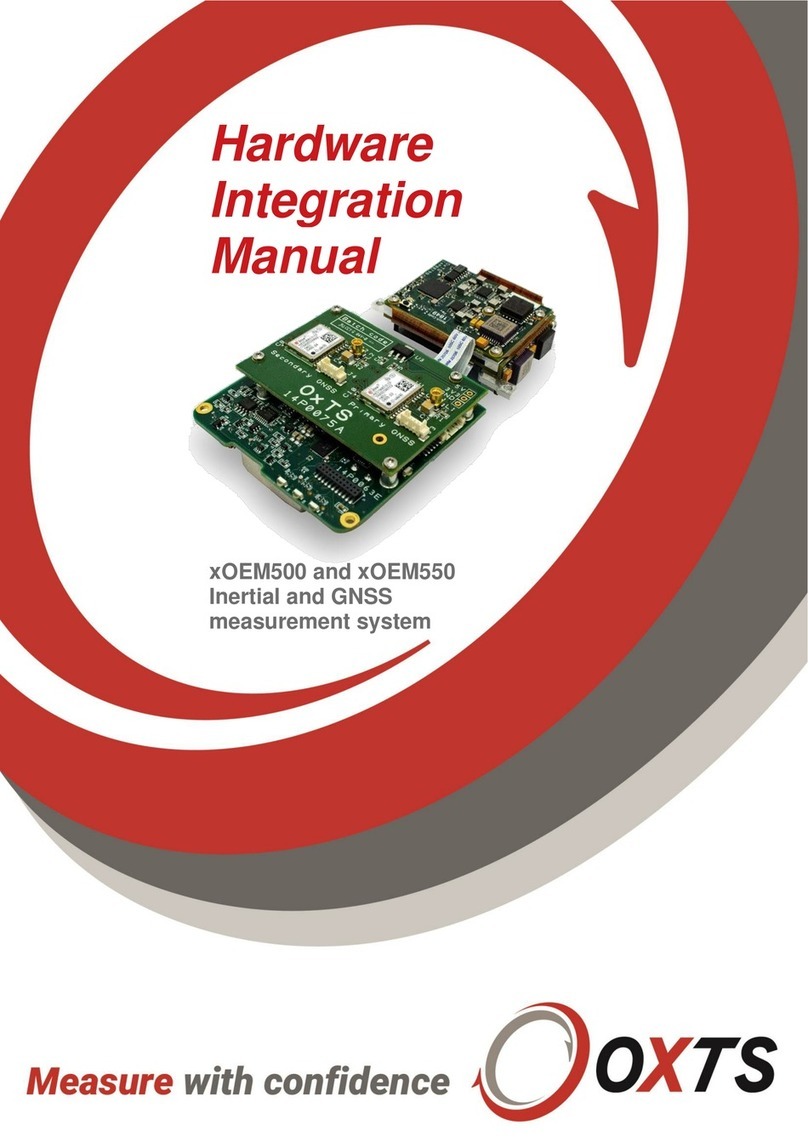Hardware installation__________________________________________________________ 21
RT orientation and alignment __________________________________________________________ 21
Antenna placement and orientation _____________________________________________________ 21
Operation ___________________________________________________________________ 23
Front panel layout __________________________________________________________________ 23
Co-ordinate frame conventions_________________________________________________________ 26
Ethernet configuration _______________________________________________________________ 33
Wi-Fi configuration__________________________________________________________________ 36
Dual antenna systems _______________________________________________________________ 38
Inputs and outputs ____________________________________________________________ 41
Digital inputs and outputs_____________________________________________________________ 42
Configuring the RT ____________________________________________________________ 45
Overview _________________________________________________________________________ 45
Working through NAVconfig___________________________________________________________ 46
NAVconfig Home section in NAVconfig __________________________________________________ 46
Start/Read Configuration section in NAVconfig ____________________________________________ 47
Read Configuration section ___________________________________________________________ 48
Hardware Setup section in NAVconfig ___________________________________________________ 49
IMU orientation tab __________________________________________________________________ 49
Primary antenna tab _________________________________________________________________ 51
Secondary Antenna tab ______________________________________________________________ 53
GNSS Differential Corrections tab_______________________________________________________ 58
Interfaces section in NAVconfig ________________________________________________________ 62
Advanced Tools section _____________________________________________________________ 75
The Write Configuration section of NAVconfig _____________________________________________ 86
Setting up the base station _____________________________________________________ 87
Using the RT-Base S_________________________________________________________________ 87
Initialisation process___________________________________________________________ 88
Real-time outputs ___________________________________________________________________ 88
Warm-up period ____________________________________________________________________ 89
Improving the configuration after a warm-up____________________________________________ 92
Committing the configuration to the RT __________________________________________________ 92
Post-processing data __________________________________________________________ 97
Laboratory testing ____________________________________________________________ 98

































